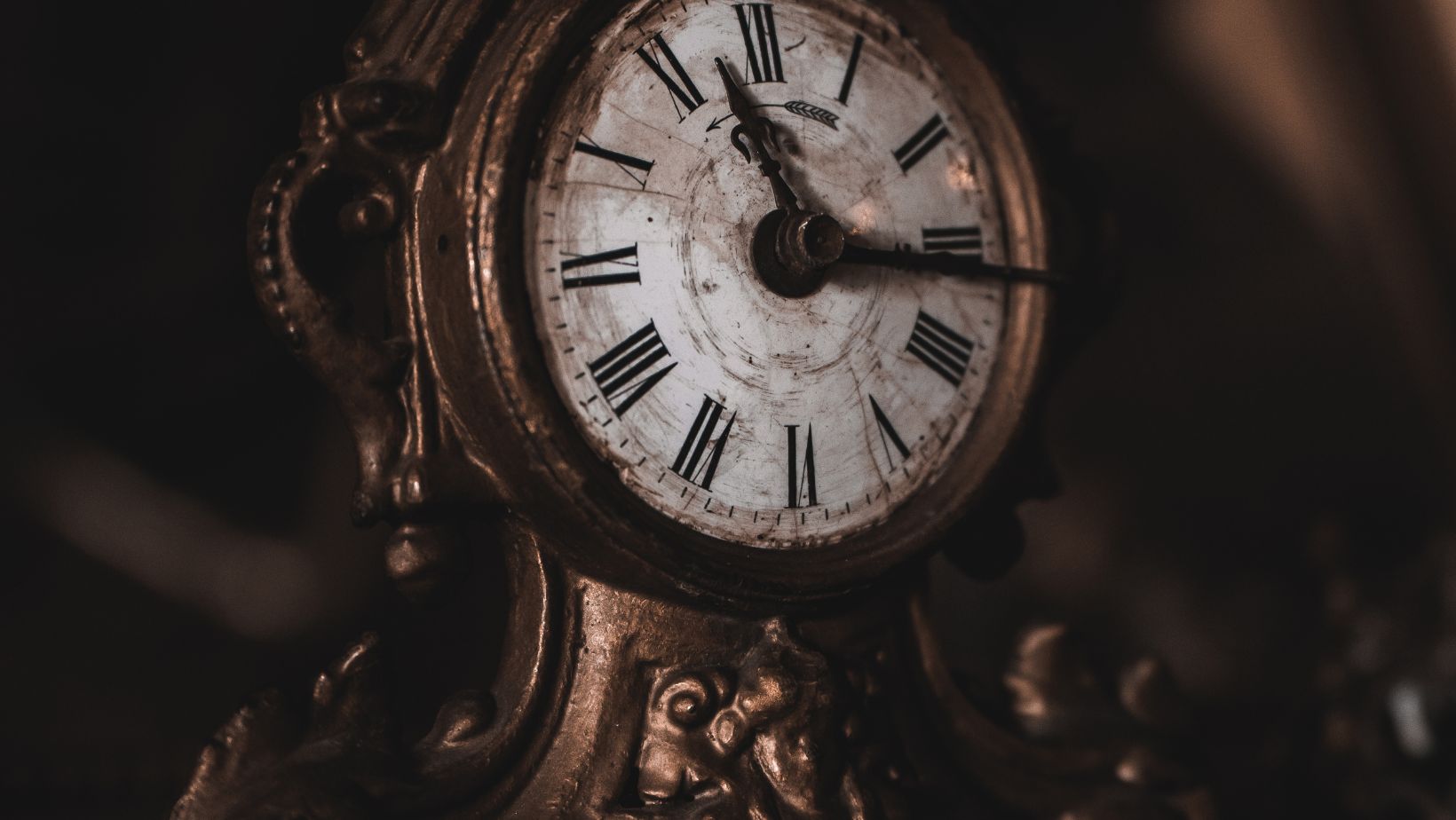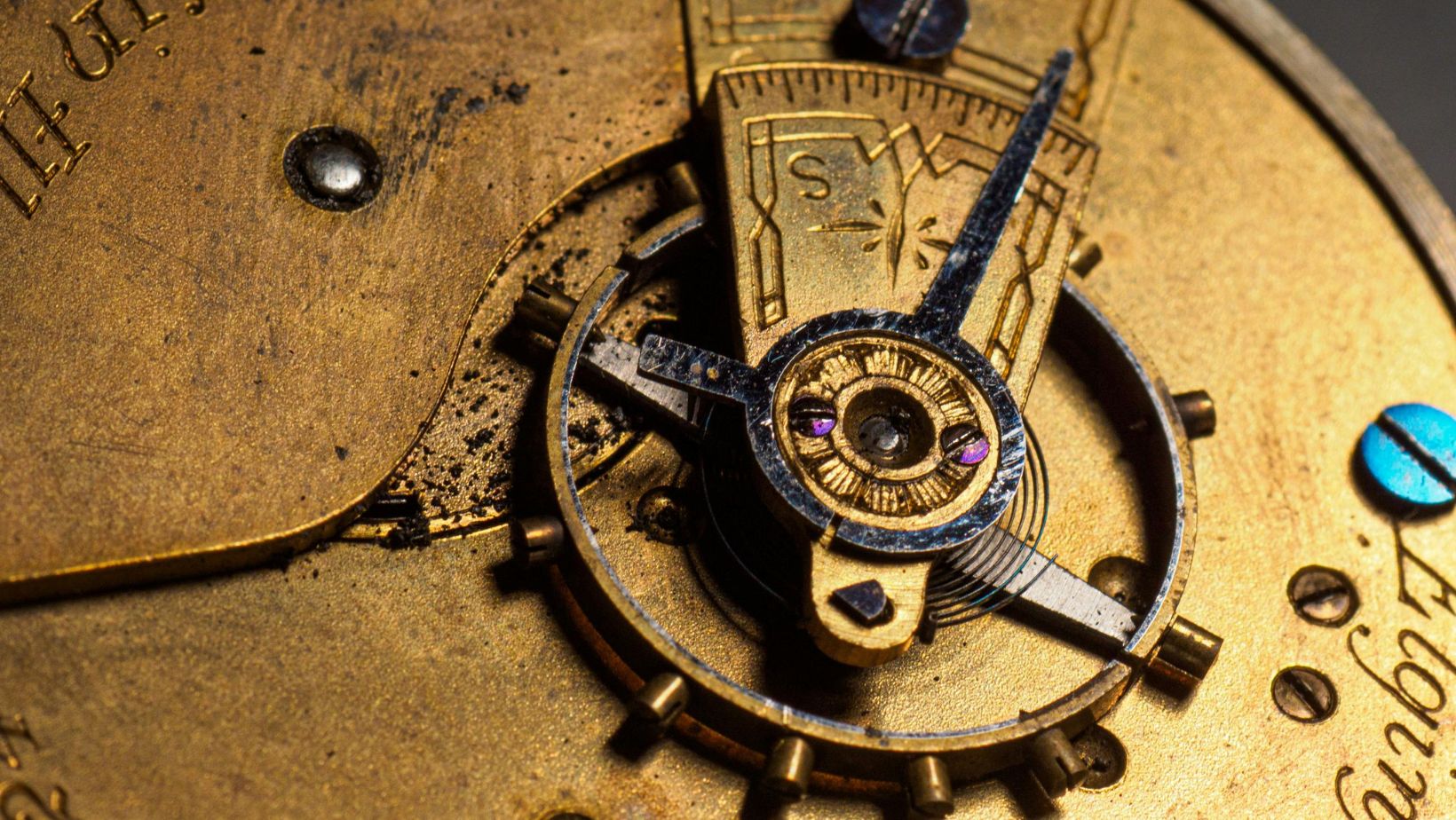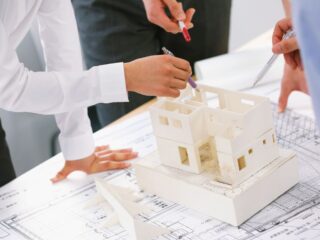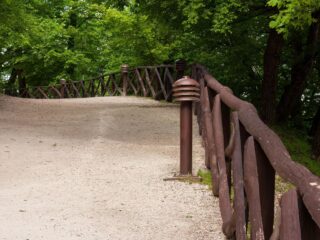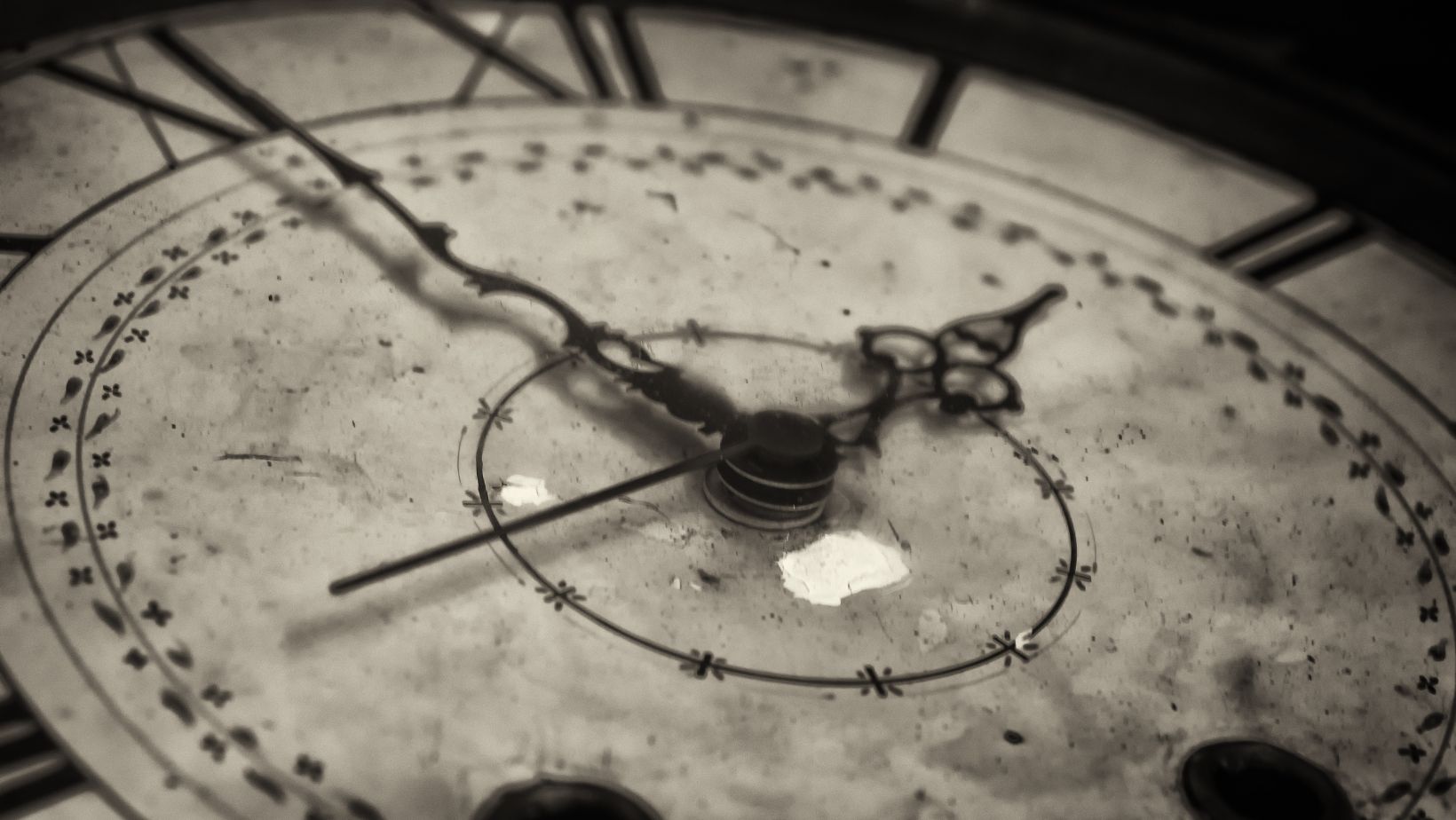
Amidst the dizzy whirl of modern life, when smart gadgets and minimalist designs seem to be doing the talking, there is something so very charming about the timeless grace of an antique grandfather clock. These towering timepieces otherwise known as longcase clocks do more than chime the hour; they double as stunning focal points marrying historical richness with modern flair. If you want to add a touch of timeless elegance to your modern home, here’s how you can use an antique grandfather clock in your interior design.
The Allure of Antique Grandfather Clocks
But first, let us take a glance at what the fuss about grandfather clocks is really about. Starting from the 17th century, these majestic timepieces bring into prominence woodwork craftsmanship combined with harmoniously chimes in an hour-for-hour movement: each usually bears a fine resemblance to woods, mahogany being a priority followed by oak or walnut, containing distinctive details-from ornate faces to their individual, well-manicured carvings-which talk to mankind about past civilization.
Choosing the Right Clock for Your Space
Picking a grandfather clock can almost be as much of an art selection. Consider style and period-early 18th-century survivor with moon-phase dial, or a late Victorian piece with a little Gothic flair. Pick one that tells something about your style and adds to the decoration of your entire home. Make sure you always buy from a certified dealer, like Dutch Time Pieces.
Size and Placement: Grandfather clocks are tall-standing, about six to eight feet on average. One would need to take in consideration the room’s scale. A clock with a slim profile might suit a smaller space or a narrow hallway, while a more robust clock could serve as a statement piece in a larger living room or open-plan area.
Color and Material: Look for a clock whose wood tones harmonize with your existing furniture. A clock with dark wood can add depth and contrast to a brightly lit, airy room, while a lighter wood might blend beautifully with a softer, neutral palette.
Integrating the Clock into Your Modern Home
The key to decorating with antique pieces in a modern setting is balance. You want the clock to stand out as a feature without overshadowing the rest of your decor. Here are some tips to achieve that harmony:
Create a Mixed-era Aesthetic: Pair your grandfather clock with modern elements to create a dynamic interior. For instance, contemporary art pieces or modern sculptural elements can form a striking contrast with the classic design of the clock, giving your space a layered and eclectic feel.
Highlight the Clock: Consider the placement of your clock carefully. It could anchor a composition of furniture in a living room or command attention in an entryway. Lighting also plays a crucial role—spotlighting your grandfather clock can enhance its details and make it a true centerpiece.
Accessorize Thoughtfully: While the grandfather clock itself is a decorative piece, small, thoughtful accessories can enhance its appearance. A modern minimalist vase or a stack of contemporary books at the base of the clock can tie its antique charm back to the present-day setting.
Care and Maintenance
Owning an antique grandfather clock also means committing to its maintenance. These clocks require winding and, occasionally, professional servicing to keep their mechanisms running smoothly. Investing in regular care not only ensures your clock keeps accurate time but also helps preserve its value and functionality for years to come.
The Timeless Touch
Adding an antique grandfather clock into your home isn’t just adding an object of functionality; rather, it creates a story wherein the past meets the present. These are no ordinary time-keeping devices; they are tellers of stories, holders of history, and art pieces which may add something special to the aesthetic of your living space. You will get to a respectful design of the tradition and modernity by the choice of a proper clock and its good placing.

